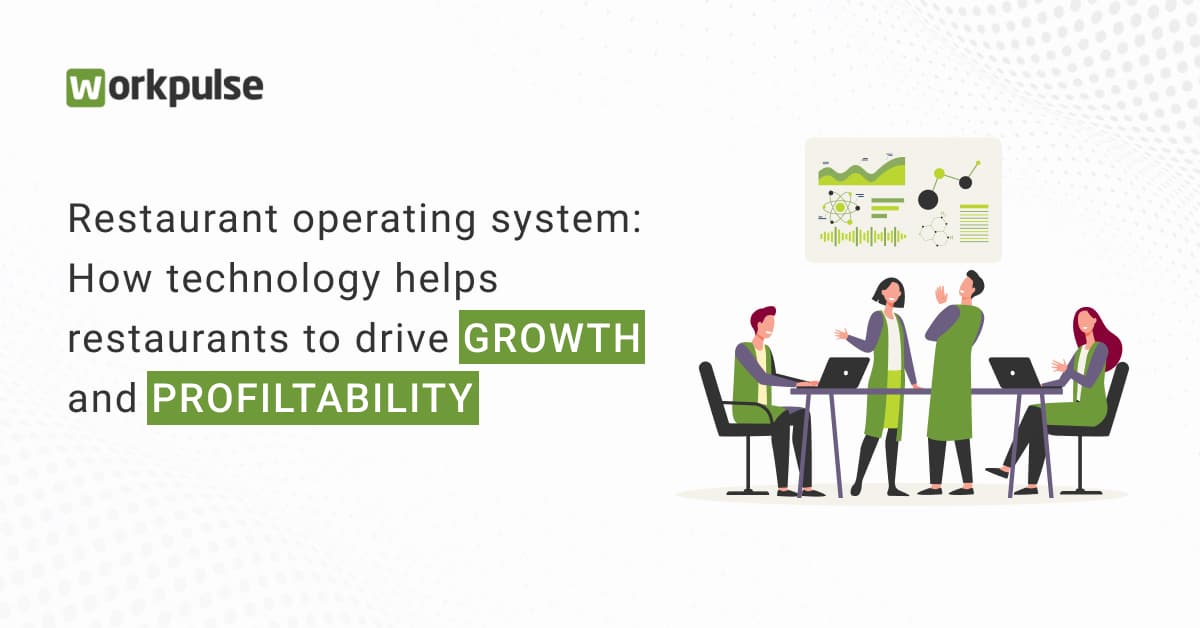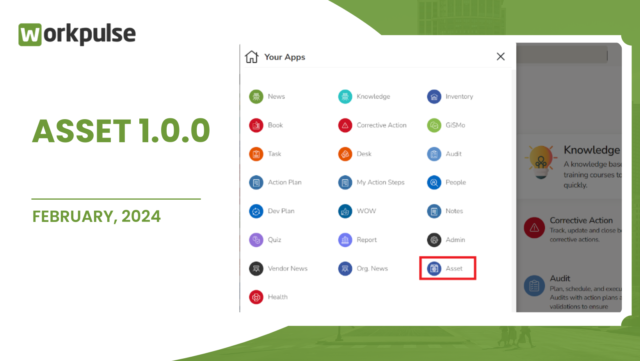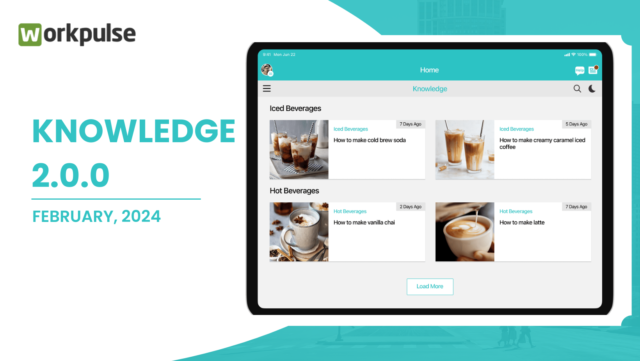In today’s competitive restaurant industry, driving growth and profitability is essential for long-term success. To achieve this, restaurants need efficient systems in place that streamline operations, enhance productivity, and provide valuable insights. An integrated restaurant operating system (rOS) serves as a powerful tool that enables restaurants to optimize their processes, improve customer experience, and ultimately boost their bottom line. In this blog, we will explore how restaurants can drive growth and profitability by leveraging the capabilities of an integrated restaurant operating system.
How technology drives growth and profitability in the restaurant industry
Technology has revolutionized the way restaurants operate, transforming every aspect of the industry. From streamlining operations to enhancing the guest experience, technology has become an integral part of modern restaurant management. In this blog, we will explore the significant ways in which technology impacts restaurant operations, driving efficiency, productivity, and customer satisfaction.
#1: Improved inventory management
Technology plays a vital role in efficient inventory management. Restaurant inventory software automates the tracking and monitoring of stock levels, ensuring optimal inventory control. Integrated systems can generate alerts for low stock levels, track ingredient usage, and streamline the ordering process with suppliers. With accurate inventory data and forecasting tools, restaurants can minimize waste, control costs, and maintain optimal stock levels, ultimately improving profitability.
#2: Enhanced communication and collaboration
Technology enables seamless communication and collaboration among restaurant staff, managers, and even customers. Digital communication platforms, such as messaging apps and internal communication tools, facilitate real-time communication, reducing the need for lengthy meetings or physical notes. Centralized platforms provide a shared space for exchanging information, discussing tasks, and addressing concerns, fostering effective teamwork and improving operational efficiency.
#4: Data-driven decision-making
The abundance of data available through technology allows restaurants to make informed decisions. Analytics tools provide insights into sales trends, customer preferences, and operational performance. By analyzing this data, restaurants can identify opportunities for improvement, optimize menu offerings, and tailor marketing strategies. Data-driven decision-making enhances operational efficiency, drives customer satisfaction, and ultimately leads to improved profitability.
#4: Enhanced customer experience
Technology has greatly enhanced the overall guest experience in restaurants. Self-service kiosks, tableside ordering tablets, and digital menu boards offer convenience and personalization, empowering customers to customize their orders and explore menu options. Customer relationship management (CRM) systems enable restaurants to capture guest data, track preferences, and deliver personalized experiences. Online reservation systems and waitlist management tools streamline the dining experience, reducing wait times and enhancing customer satisfaction.
#5: Enhanced food safety and compliance
Technology plays a crucial role in ensuring food safety and compliance with regulations. Temperature monitoring systems and sensors maintain optimal storage conditions and send alerts in case of deviations. Digital checklists and audit management tools streamline food safety procedures, simplify compliance documentation, and reduce the risk of human error. Technology helps restaurants maintain high standards of hygiene, uphold regulatory requirements, and protect the well-being of guests.
#6: Raw materials procurement
With advanced online ordering platforms and mobile apps, restaurants can now streamline their procurement process, ensuring a seamless experience from start to finish. This cutting-edge automation not only simplifies bulk ordering but also enhances accuracy, reduces errors, and accelerates the overall service. Moreover, sophisticated delivery management systems optimize routes, enable real-time tracking, and facilitate smooth communication between customers, drivers, and restaurant staff, guaranteeing a well-coordinated and efficient delivery process.
How Workpulse rOS technology helps drive restaurant growth and profitability
Workpulse, with its advanced technology-driven solutions, offers four powerful modules that drive growth and profitability in the restaurant industry. Let’s explore how each module of the Workpulse restaurant operating system contributes to their success:
#1: Brand Standards and Food Safety Compliance
The Brand Standards and Food Safety Compliance module offered by Workpulse allows restaurants to maintain consistent brand standards and comply with food safety regulations. With this module, restaurants can create customizable checklists that cover all aspects of brand standards and food safety. These checklists can include tasks such as cleanliness, food storage, hygiene practices, and equipment maintenance. The module provides real-time monitoring and automated alerts to ensure that restaurants stay in compliance at all times. By streamlining compliance processes and reducing the risk of errors, this module helps restaurants maintain a strong brand image, meet regulatory requirements, and provide safe and high-quality food to their customers.
#2: Restaurant Audit Management
The Restaurant Audit Management module simplifies the auditing process for restaurants. It allows businesses to create customized audit templates tailored to their specific needs. These templates can cover various areas, such as cleanliness, service standards, staff training, and operational procedures. The module enables restaurants to schedule audits based on desired frequencies and track the progress of each audit in real-time. Comprehensive reports and analytics provide valuable insights into areas that require improvement. By streamlining audits, restaurants can identify operational inefficiencies, maintain consistent quality, and drive continuous improvement.
#3: Facilities & Equipment Management
Efficient management of facilities and equipment is vital for smooth restaurant operations. Workpulse’s Facilities & Equipment Management module helps restaurants stay on top of maintenance tasks and ensure the optimal functioning of their facilities and equipment. The module allows businesses to schedule preventive maintenance tasks, track maintenance history, and receive automated alerts for upcoming maintenance requirements. By proactively managing maintenance, restaurants can minimize equipment breakdowns, reduce downtime, and extend the lifespan of their assets. This module enables businesses to optimize their operational efficiency, reduce repair costs, and provide a seamless dining experience for their customers.
#4: Guest Recovery and Retention
Guest satisfaction and loyalty play a significant role in the success of a restaurant. The Guest Recovery and Retention module from Workpulse enables restaurants to effectively handle guest complaints, resolve issues promptly, and build strong relationships with their customers. The module provides integrated guest feedback mechanisms, allowing restaurants to capture and analyze customer feedback in real time. It also offers complaint management tools to track and manage guest complaints from start to resolution. By addressing guest concerns proactively and providing exceptional customer service, restaurants can enhance guest satisfaction, improve their online reputation, and foster customer loyalty. This module helps restaurants retain existing customers, drive repeat business, and increase profitability.
Improve restaurant ROI with Workpulse rOS
Workpulse’s technology-driven modules provide comprehensive solutions in the form of restaurant operating system. By streamlining brand standards and food safety compliance, optimizing audits, efficiently managing facilities and equipment, and enabling effective guest recovery and retention, these modules empower restaurants to enhance operational efficiency, maintain brand consistency, deliver exceptional customer service, and maximize profitability. Workpulse’s modules are designed to help restaurants stay competitive, drive growth, and build long-lasting relationships with their customers in the dynamic and demanding restaurant industry.
Investing in an integrated rOS is a strategic step towards staying ahead in the dynamic restaurant industry and securing long-term success. Book your free demo today.




